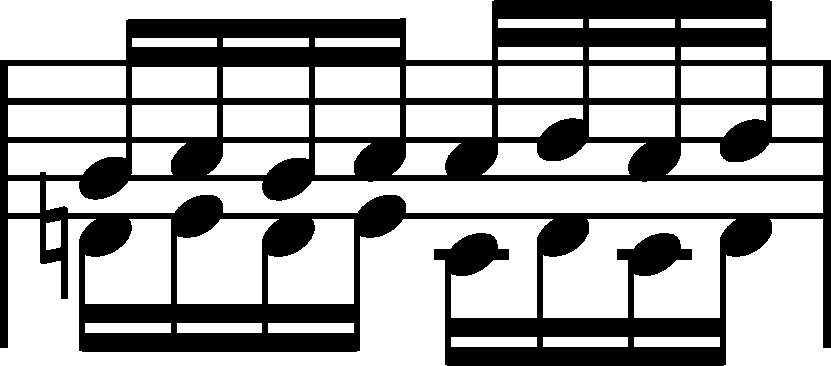



|
b. 6-7
|
composition: Op. 10 No 3, Etude in E major
..
In FE, in the part of the R.H. there are visible traces of correcting up to six erroneous notes in this bar. The engraver's errors resulted here from the routine approach, assuming the presence of the simplest figuration schemes – category imprint: Source & stylistic information issues: Errors in FE , Authentic corrections of FE |
||||||
|
b. 6
|
composition: Op. 10 No 3, Etude in E major
..
At the time of writing AI, Chopin was still looking for the best melodic continuation for the first, five-bar-long phrase. In the 1st half of the bar, after numerous deletions, he wrote two versions, out of which it was eventually the second one that was adopted, marked in this manuscript as ossia. The only version of the 2nd half of the bar was then changed in A. category imprint: Differences between sources; Corrections & alterations issues: Chopin's hesitations |
||||||
|
b. 6
|
composition: Op. 10 No 3, Etude in E major
..
The fact of shortening the category imprint: Differences between sources issues: Inaccuracies in FE |
||||||
|
b. 7-8
|
composition: Op. 10 No 3, Etude in E major
..
Chopin added the little slurs indicating arpeggios in FED. category imprint: Differences between sources |
||||||
|
b. 7-8
|
composition: Op. 10 No 3, Etude in E major
..
The fingering of EE, including each note in the R.H., comes from Fontana. category imprint: Differences between sources issues: EE revisions |

 .
.


 in
in 
 in
in 



